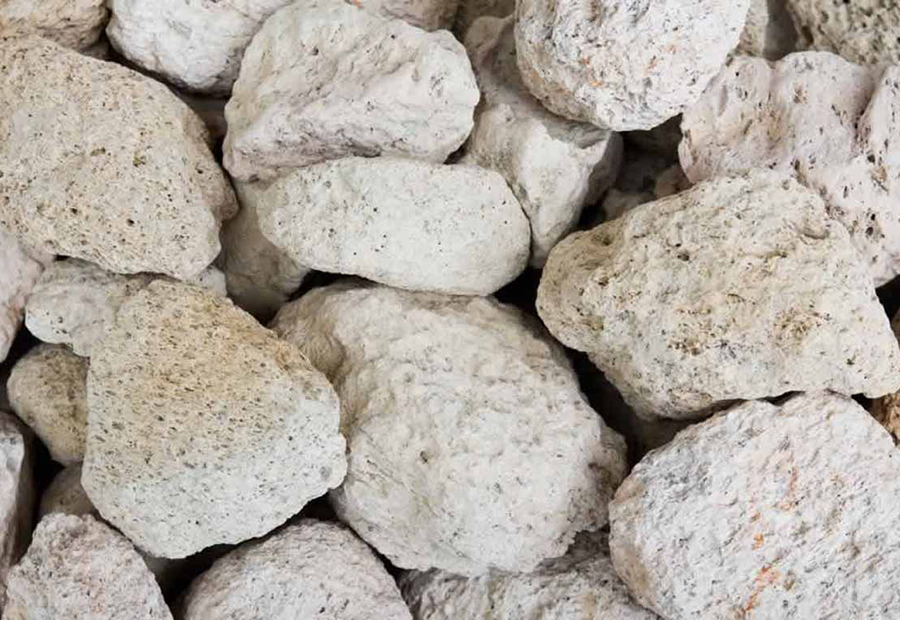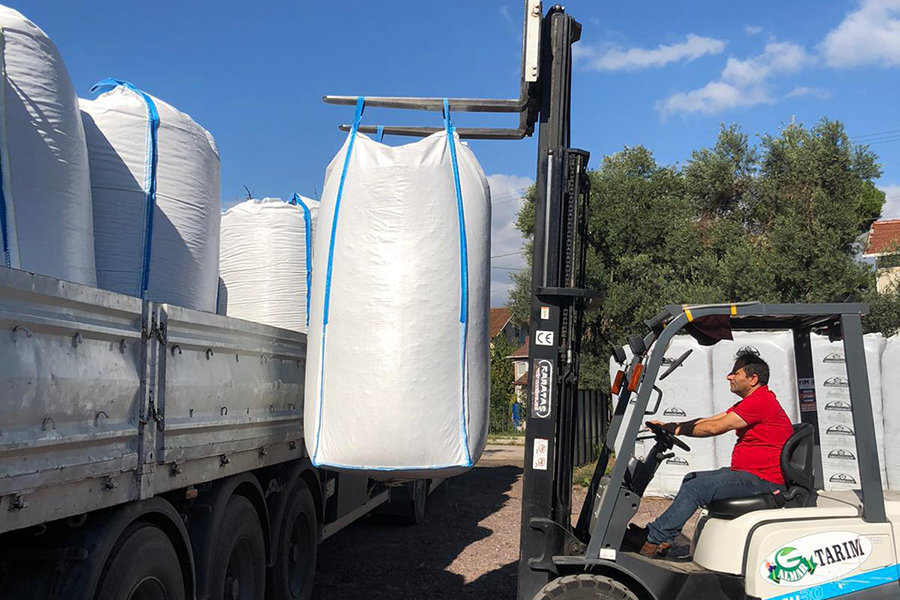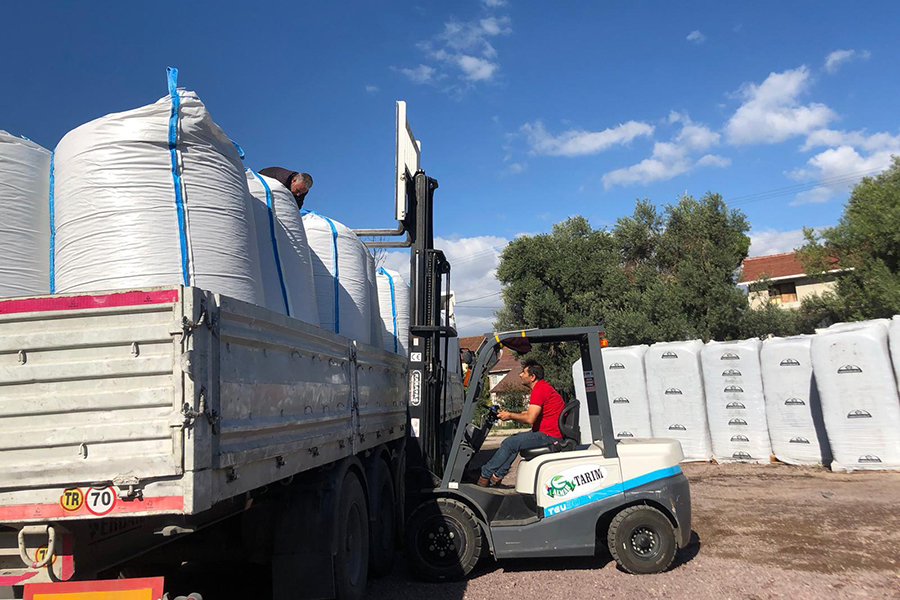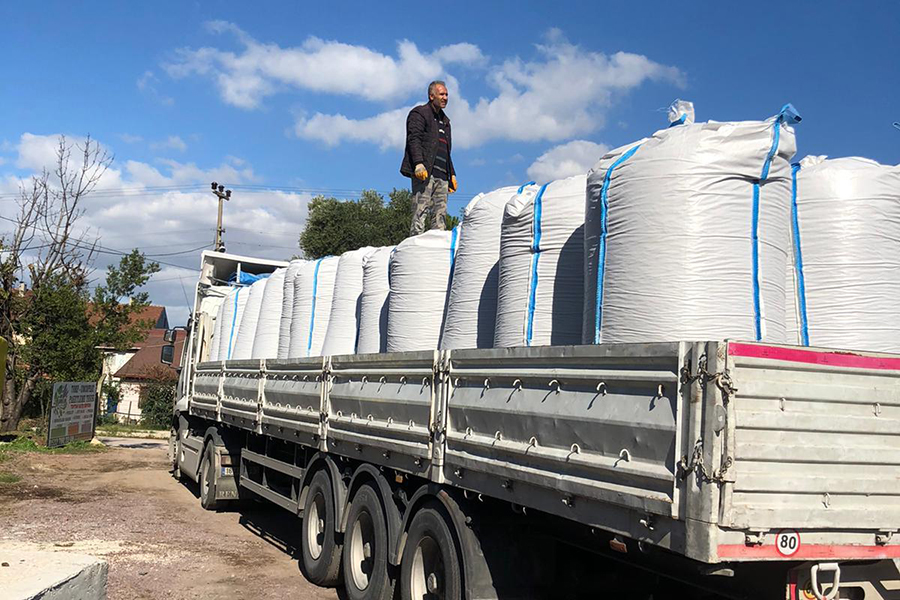
Pumice
Pumice stone is a natural lightweight aggregate with widespread reserves in our country. Although pumice stone is not new in the world, it is a rock of volcanic origin that has started to enter our country in the last 20 years and its value is just beginning to be understood. The term pumice (pumice) is a word of Italian origin. It has different names in different languages. For example, in French Ponce, in English coarse-grained Pumice, fine-grained Pumicite, in German coarse-grained Bims, fine-grained Bimstein. In Turkish, it is known by many names such as pumice stone, foamstone, cornstone, ruststone, küvek, kisir.
Basic pumice, on the other hand, is used as a fertilizer and soil conditioner in the agricultural sector and as a substrate in soilless agriculture due to the iron, magnesium, aluminum and calcium components it contains.
Pumice is a volcanic mineral with voids, spongy appearance, formed as a result of volcanic events, resistant to chemical and physical effects, porous and glassy appearance. Due to the sudden volatilization and sudden cooling of the gases in its presence during its formation, it has numerous pores on it and inside. Since there is no connection in the spaces between the pores, it has low permeability and has high heat and sound insulation properties. Pumice differs from other glassy metals of volcanic origin (perlite, obsidian, pekş-tayn) with some unique features. It is known for its color, porosity and absence of crystal water.
Pumice Stone Properties
- Its hardness is 5-6 on the Mohs scale.
- It can contain up to 75% silica content.
- It consists of 60-75% SiO2, 13-17% Al2O3, 1-3% Fe2O3, 1-2% CaO, 7-8% Na2O – K2O and trace amounts of TiO2 and SO3.
- It shows abrasiveness due to its high SiO2 content.
- Due to its abrasiveness, it has the ability to corrode even steel.
- Thanks to the Al2O3 it contains, it can provide high resistance to fire and high temperature.
- It is also used in the textile industry due to the Na2O and K2O elements it contains.
Types of Pumice
Pumice (Pumice stone) is divided into two as acidic pumice and basic pumice according to its acidity and basicity. The pumice stone with basic properties is called basaltic pumice or scoria. Although basic pumice has a dark brown color, it has a specific gravity of 1-2 gr/cm3. Pumice, which has an acidic feature, is usually found in colors such as white and cream with lighter colors. Acidic pumices are in high demand in the construction industry due to their higher silica content than basic ones.
Pictures


